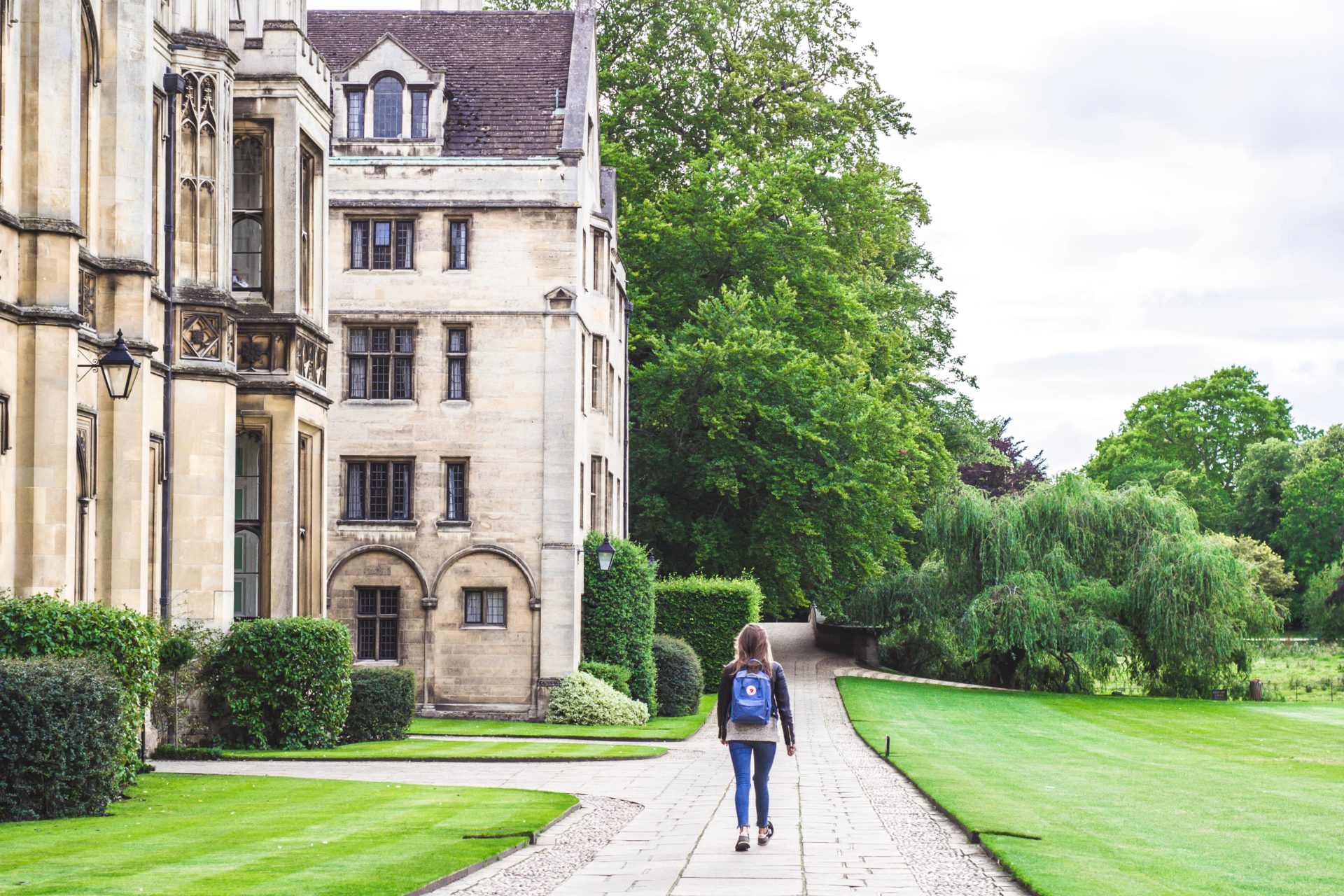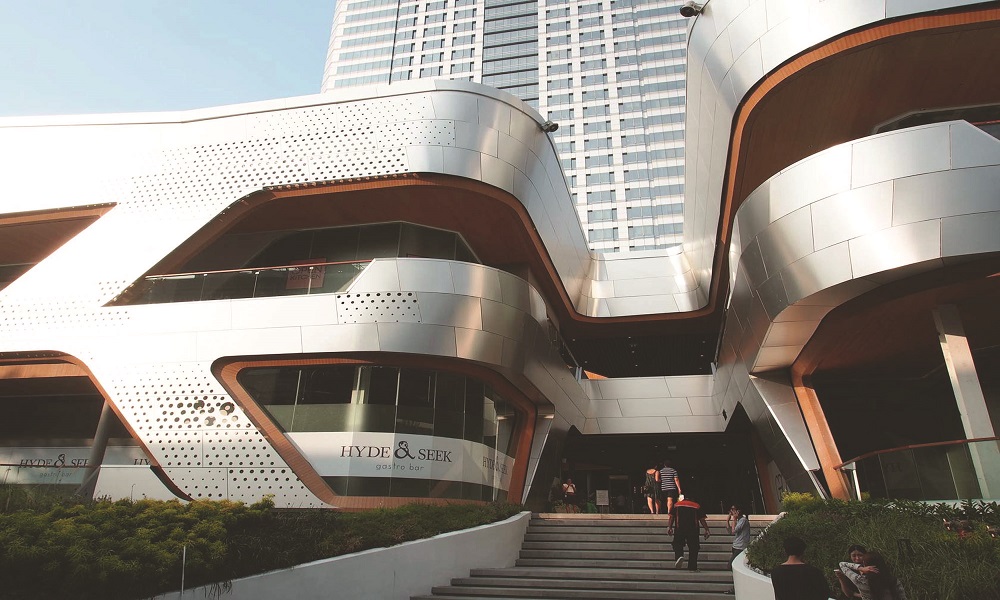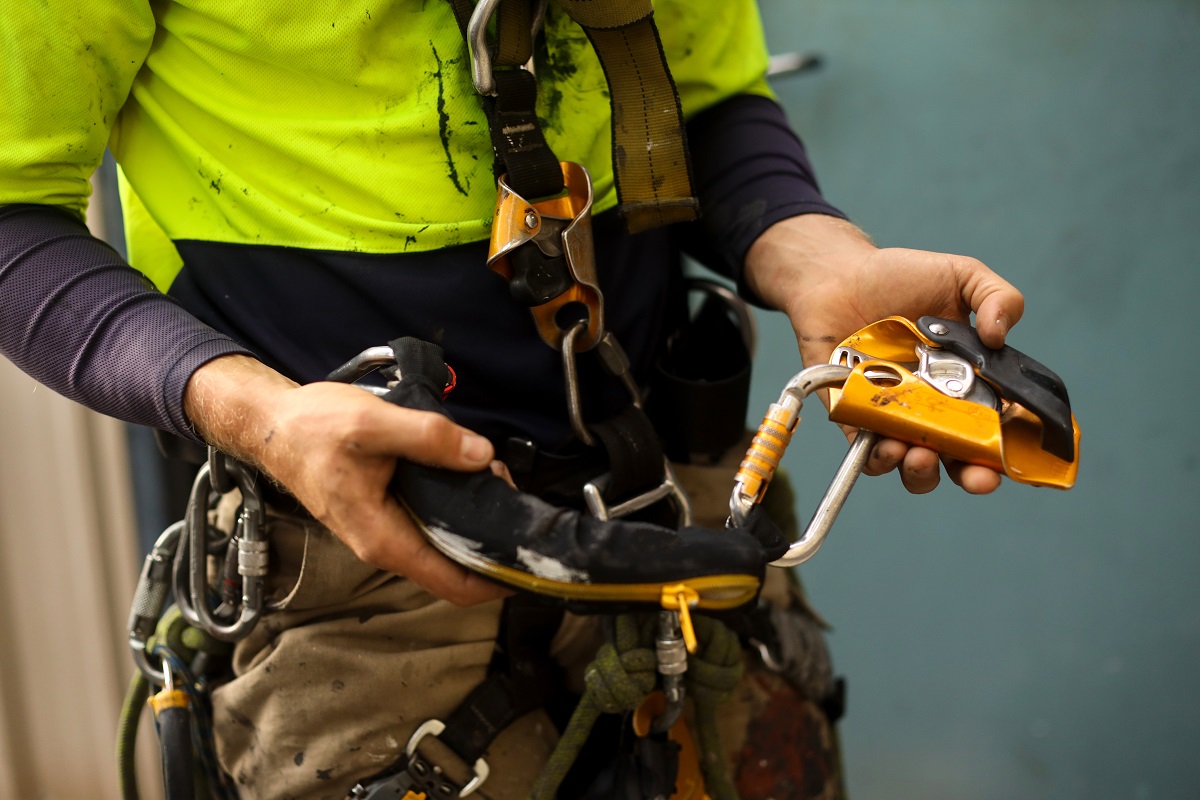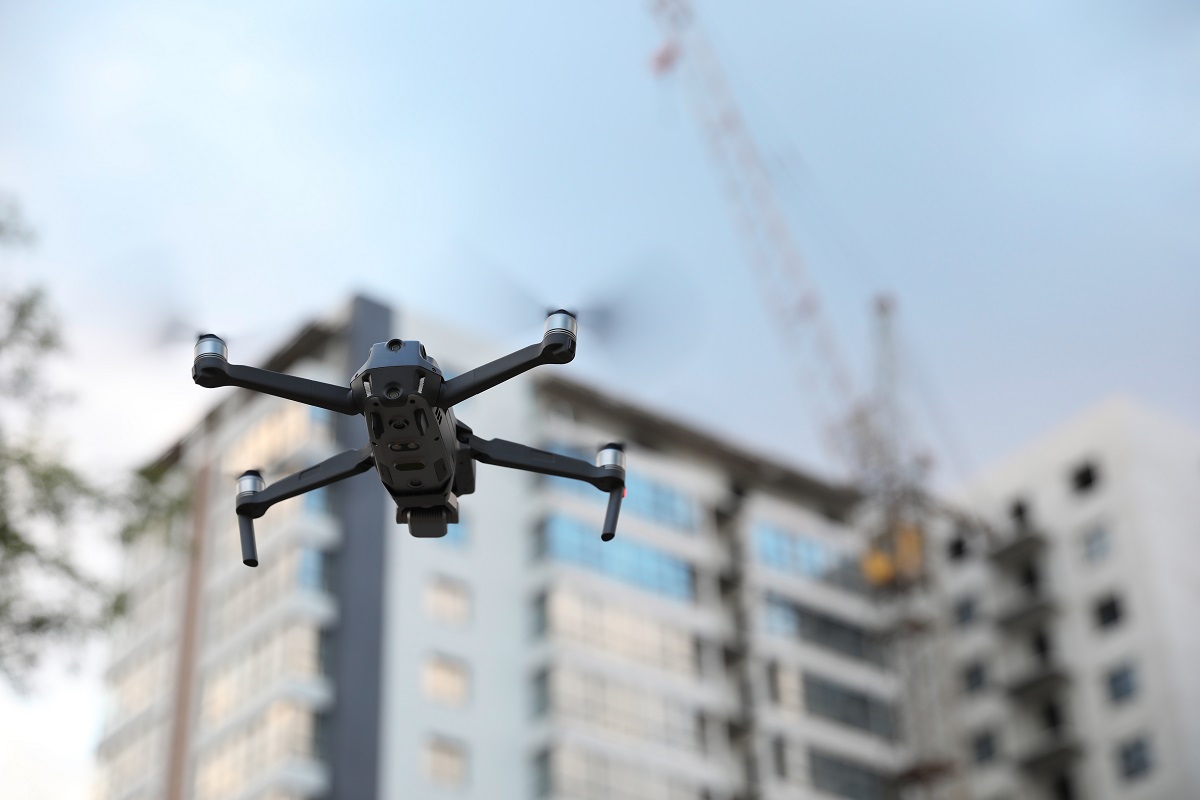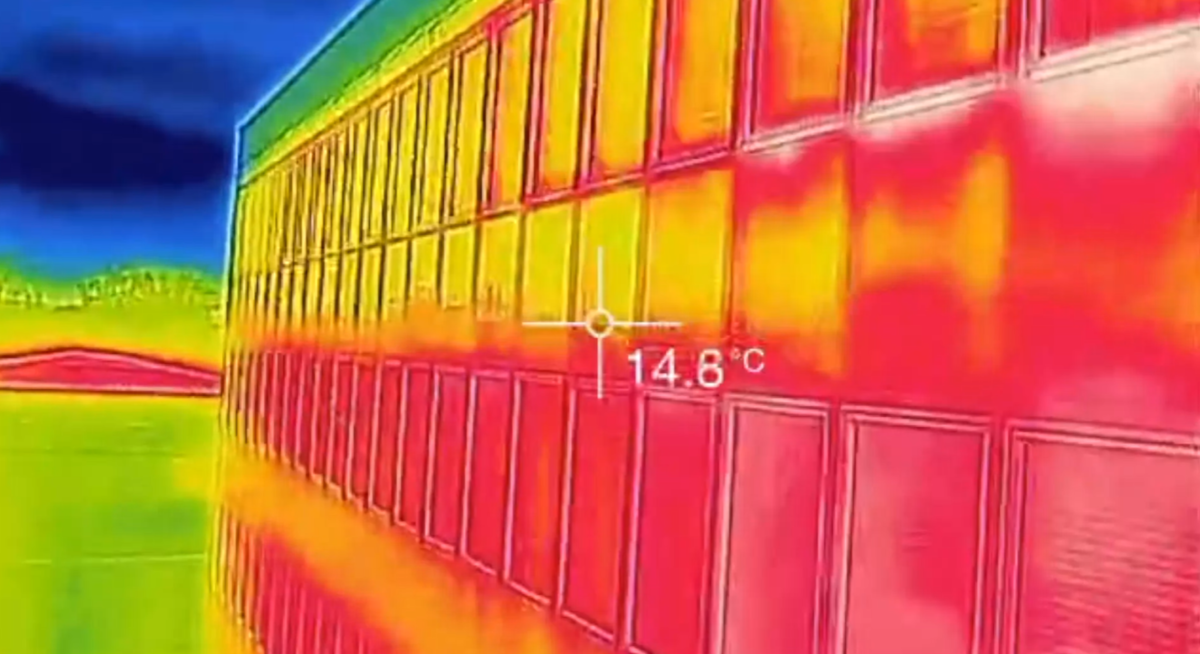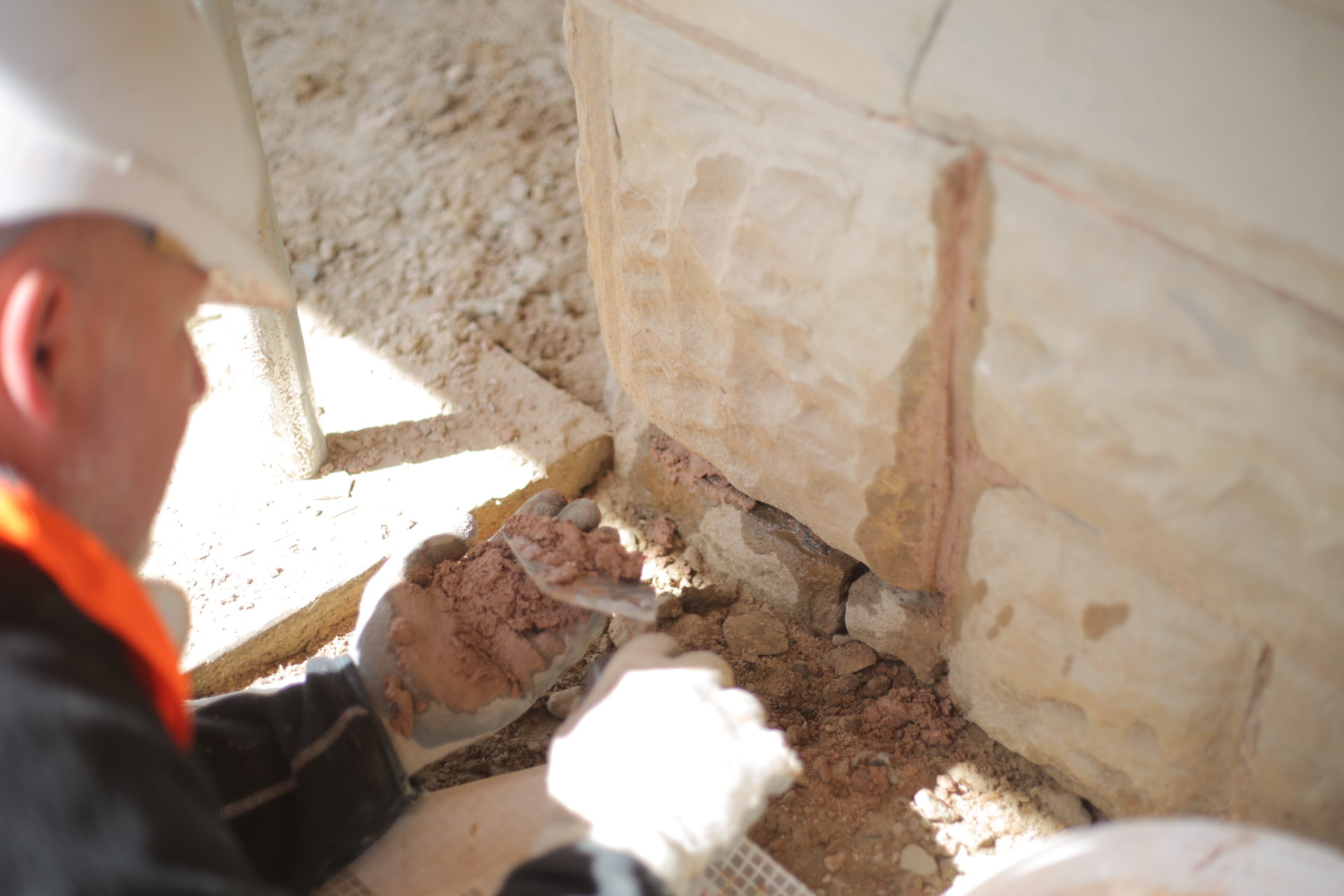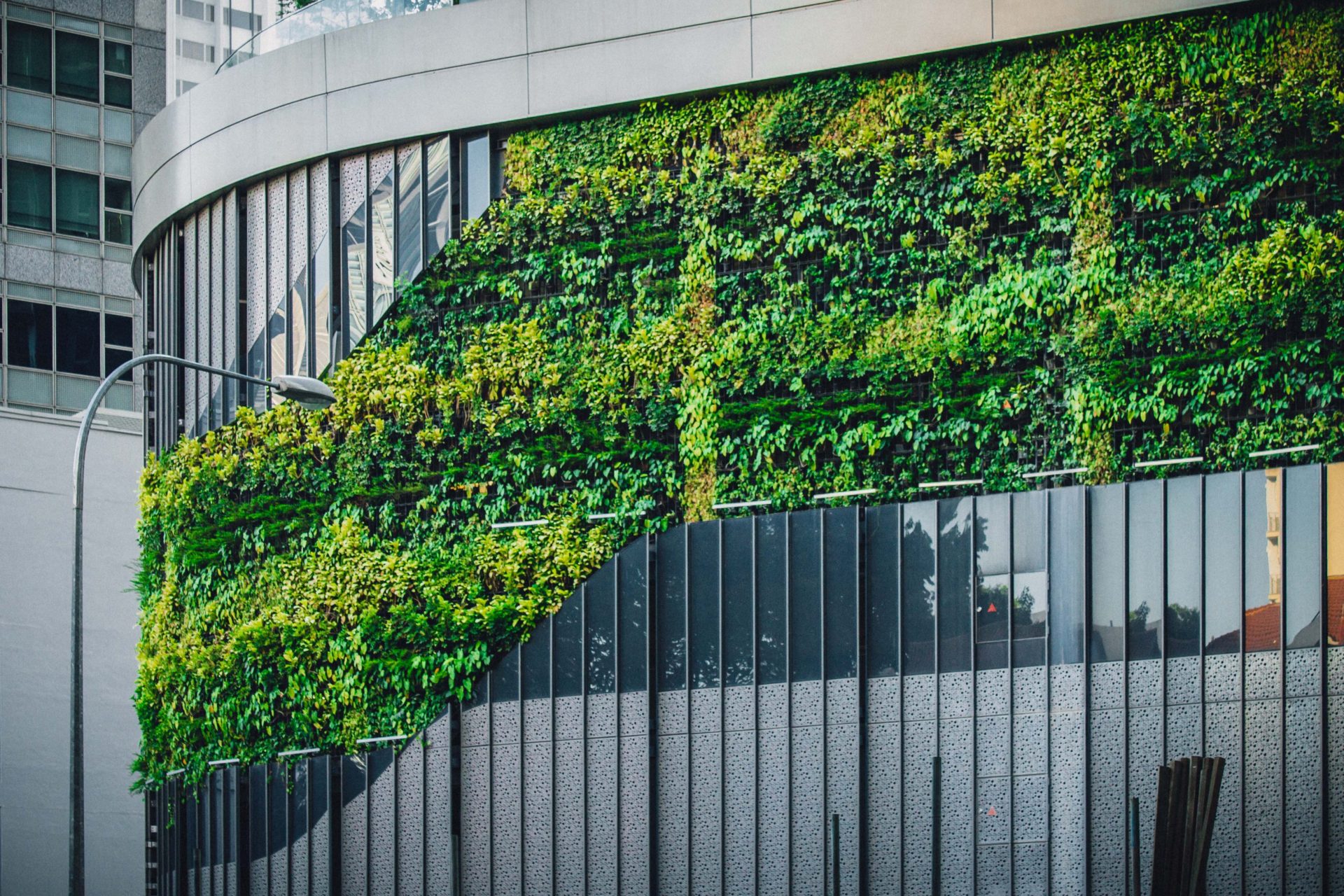With the evolution of education methodology and a sharper focus on holistic methods of learning, the quality of academic building design is no longer a purely aesthetic consideration. Academic building design, building performance and how it affects the people have become industry standards for educational buildings in the future.
The basic premise of creating a learning space is to provide a safe physical environment that is not only functional but peaceful as well. An environment where sound architecture and unique design enhance the learning experience. Learning environments should incorporate technologies and optimal learning spaces which improve cognitive functioning. The students should feel that environment, education and tools for training are seamlessly interconnected.
Correlation between building design and productivity
Safe and healthy school environments are vital in promoting a learning environment for all stakeholders. With physical learning spaces meeting environmental and educational criteria, the students and teachers are far more motivated to perform better. Decaying buildings can impact how well a teacher can teach, negatively affecting their confidence and well-being at work. Poor working conditions provided to teachers may lead to higher rates of absenteeism, decreased morale and effectiveness. In contrast, good working conditions have shown to have the opposite effect, increasing enthusiasm, morale and responsibility.
While the primary drivers of students performance are teachers and curriculum, the impact of design cannot be diminished. The design and maintenance standards of educational buildings have a significant bearing on academic performance. Multiple pieces of research carried out in the last couple of decades all point in the same direction. The studies show a positive correlation between well-designed educational buildings and attendance, concentration levels, motivation and self-esteem of students. Research carried out in 2002 by Helen Clarke, of the Institute of Education noted that physical features of a building such as light, furnishing and equipment can make students feel valued. The variables have a great bearing on attitudes and can significantly enhance or impede the learning process. Students perform far better in an environment where they feel comfortable, safe and productive.
Physical features and productivity
Physical features of learning spaces can stimulate emotions and create a conducive environment to learn. In his analysis Gifford in 2002, indicated that interior architecture and internal features of educational spaces can either help students focus better on studies or prevent them from learning properly. Desirable designs in educational spaces include entrance areas, private and public spaces which are quiet and promote a sense of mutual support and unity placing a special focus on colour diversity. The study by Yeoman (2012) demonstrated that design elements such as poor acoustics, ventilation, lighting and chronic noise exposure are central components to undermine learning. With regards to the external and internal design of the building, interior design is far more important than the exterior. However, a welcoming exterior is vital to ensure a positive impact when viewed from the outside.
A 2013 study in the UK suggests the physical design of the premises can improve or worsen the student’s academic performance by as much as 25%. The study conducted by Salford’s school of the built environment and British architecture firm nightingale associates studied 751 students across 34 classrooms. Students were assessed at the start and end of the academic year in different disciplines such as math, reading and writing. Classrooms were rated based on different parameters including classroom orientation, natural light, temperature, colour and air quality.
The results suggested that architecture and design had a staggering impact on the performance of students. The environmental factors study affected 73% of the changes in students’ scores. Although it was known before that built environment does have an impact on people, it was the first time a comprehensive assessment in the education sector was conducted to identify the learning patterns in line with the correlation of building performance with student performance.
Alarming conditions facing educational buildings in the UK
Increased educational attainment has been shown to reduce gaps in health and life expectancy stemming from socioeconomic status. It has been estimated that addressing inadequacies in the education sector could help reduce health disparity. When it comes to educational buildings and how they impact students as a whole, a great challenge has been the provision of 21st-century learning in 20th-century schools. Despite strong evidence to demonstrate a positive correlation between the two variables, on the government level, the policy and response have been slow and inadequate. In England alone, one in six school buildings requires urgent repair. According to estimates, 4000 schools require immediate to urgent restoration work. School buildings are lacking essential paperwork such as fire risk assessments, asbestos management plans and electrical test certificates. The building performance at schools has been subpar with inadequate heating, poor lighting, leaking roofs and damaged windows.
Teachers and parents have continued to complain for several years as students are facing a crisis of learning having to cope with crumbling, drafty buildings. The circulation spaces in schools are minimal causing serious congestion which is impacting the behaviour and well-being of students. Schools are suffering from a severe lack of government funding which is why they are struggling to sort out and control design and maintenance issues. The lack of prioritisation can be gauged by the insufficient engagement between the design team, educationalists and the end-users. Education buildings have been developed not appropriately addressing the teaching and operational needs, One size fits all approach has been detrimental and does not deliver the right results.
Supporting the education sector
Here at Building Transformation, we can help you survey, investigate, repair, and maintain your educational facilities by providing condition surveys, leak investigations, and planned repair and maintenance solutions. Speak to a member of our technical team today.


